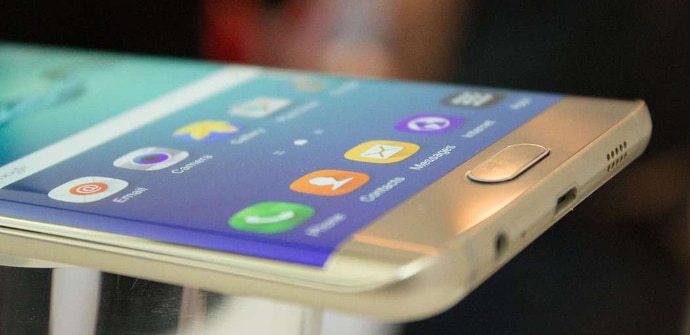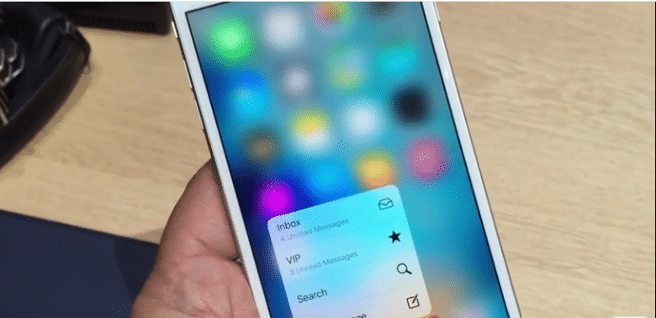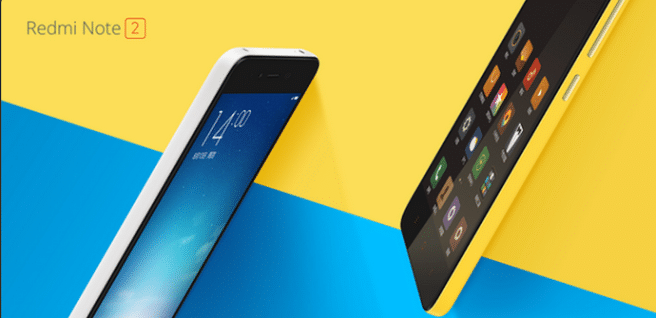
At this point it seems that we can end the season of big launches and we started to get some perspective on the trajectory that is being traced so much in the market of phablets as in the one of the tablets. Of course, it is possible to do many readings of the new devices that we have known in recent months but there is one that seems difficult to deny and that in fact is in the background behind many of the controversies that have most inflamed the spirits lately: the Polarization it is becoming stronger among a series of devices that seem to have left even the high-end range behind and others that by price belong to the mid-range (or even basic) but whose technical specifications could make us doubt. Which of the two trends will prevail?
The consolidation of the “ultra-high” range
Although the concept of "ultra-high" range can be somewhat uncomfortable, the truth is that it is quite useful to shape a trend that has been consolidating since the end of last year: flagships always arrive accompanied by a version "plus", with a price that is normally about 100 euros higher and that ends up making, in general, they are sold in our country for a minimum of no less than $800. What justifies these prices? On the one hand, and of course, the design, the premium materials and the good finishes, but above all, or at least that is the intention of the manufacturers, not only hardware at the highest level, but also innovation: the edge screen of the last Samsung, the 3D Touch of the last iPhone, the 4K display of the Xperia Z5 Premium...

The burgeoning mid-range
The high-end is not only stretching to the extreme where the more expensive devices are, but it is also stretching to the opposite, reaching a point where it is sometimes difficult to distinguish between the mid-range and the high-end. . Consider, for example, the Moto X Style, which for just over 500 euros leaves us with a Quad HD screen and a 21 MP camera. Also the high level that we are finding in the Midrange lately it contributes to that the frontier is increasingly blurred: to get a phablet with a Full HD screen, a 13 MP camera (there are still phablets with these technical specifications in the high range and they were almost the standard just a year ago) and in Sometimes the same processors that mount the more expensive models (such as the Snapdragon 810 of the OnePlus 2) for 400 euros or less it's relatively easy at this point.

How much difference is there between the Chinese low-cost and the “ultra-high” range?
Not only are we seeing spectacular advances in the mid-range, but even in the entry-level range we have witnessed some truly spectacular launches, and we are thinking above all about the Redmi Note 2, a phablet whose starting price in China is only $125 (How much we get here depends on the importer) and that it has Full HD resolution, a processor that HTC mounts in a high-end (Mediatek's Helio X10) and a 13 MP camera. In fact, to illustrate precisely this, we brought you a couple of months ago a comparative in which we faced the spectacular Galaxy S6 edge +. Of course, the difference in hardware is still palpable and here there is no curved screen, no aluminum casing, no 3D Touch, nor many other of the features that distinguish the more expensive phablets, but you really have to keep in mind that we are talking about a device that costs less than 20% of what the others cost.

The iPad Pro and the new Fire of 60 euros: the case of the tablets
Is the situation in the tablet market very different? Far from it: with some exception, in the high-end we have not seen a great evolution since last year, and all the prominence in 2015 seems to be being for the equivalent of those "ultra-high" range phablets and that in the The tablet sector is those for professional use, in the wake of the Surface Pro. On the one hand, we have seen the Pixel C, iPad Pro already the new Surface Pro 4 devices whose prices can easily exceed 1000 euros for the most powerful configurations (at least these last two), and on the other, not only do we find that Chinese tablets gain presence every day in America and Europe, but even Amazon has launched a tablet that is sold for the ridiculous price of $60.

Innovation or quality / price ratio?
Of course, the philosophy behind these two extremes of the market is quite different and, although sometimes the controversies regarding the copies and "Robberies" ideas and designs go to ridiculous extremes, as undeniable as that Xiaomi o OnePlus have not left devices with a quality / price ratio impossible to dream of just a couple of years ago, is that new ideas are usually produced at only one of the extremes. The funny thing is that, despite the fact that when Samsung launched the Galaxy Note Edge (one of the first phablets that reached 800 euros in price) did it a bit as if it were a "limited edition", from the 6 iPhone Plus has become patent (and with the Galaxy Edge S6 we had another good proof) that more expensive devices can also become a huge bestseller, and that there are many users willing to invest whatever it takes to have a device at the highest level and groundbreaking, so there is no reason nor to think that the rise of the Asian low-cost is going to be, far from it, the end of the innovation. It seems quite probable, on the contrary, that what we are seeing is accentuating this tendency to Polarization, reinforcing both ends at the cost of the traditional mid-range.
How do you think the market will evolve in the coming times and in which of the extremes do you personally position yourself?